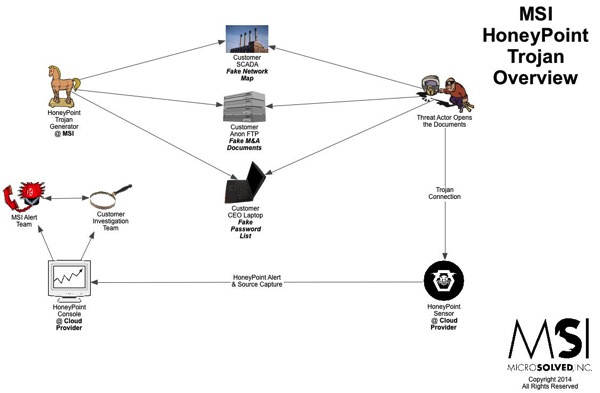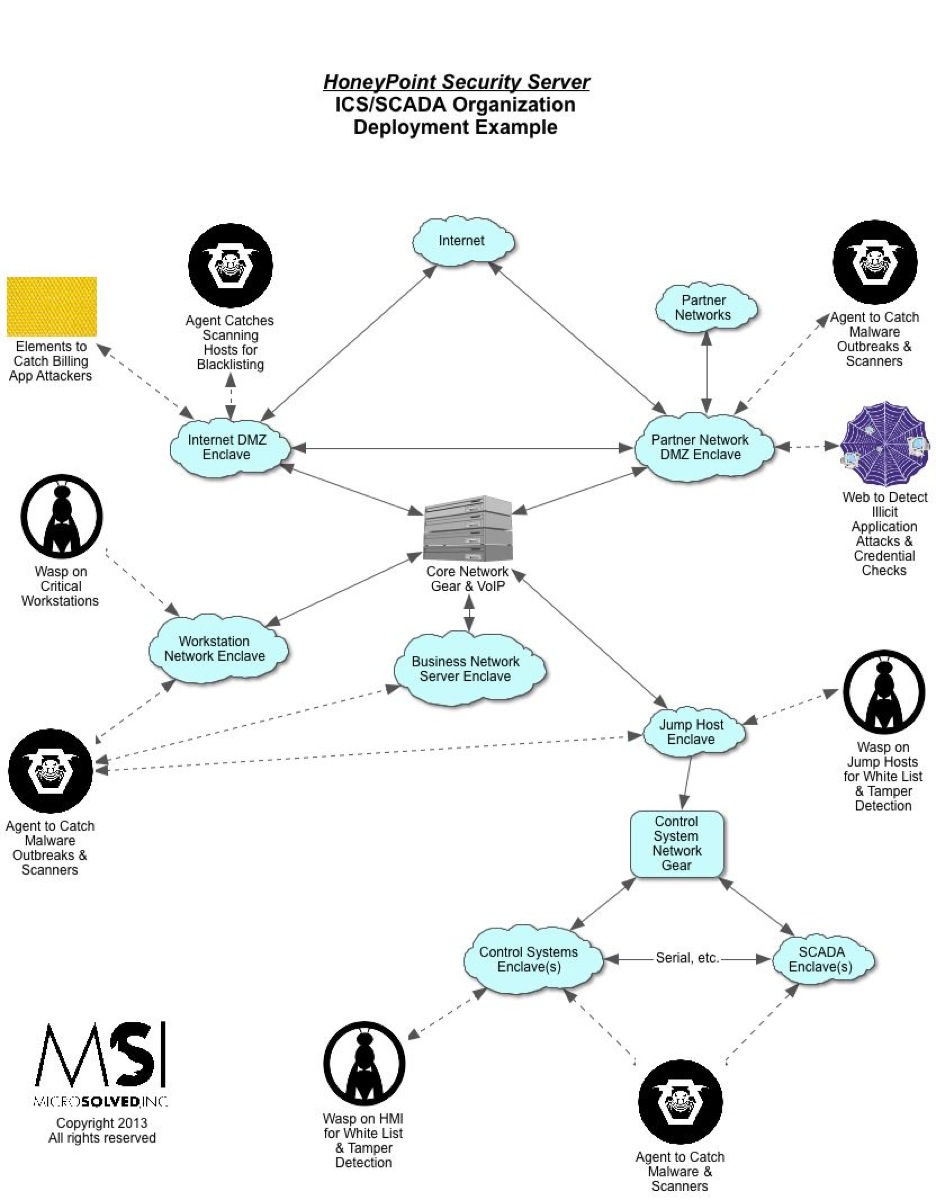MSI has built a reputation that spans decades in and around testing hardware and software for information security. Our methodology, experience and capability provides for a unique value to our customers. World-class assessments from the chip and circuit levels all the way through protocol analysis, software design, configuration and implementation are what we bring to the table.
Some of the many types of systems that we have tested:
- consumer electronics
- home automation systems
- voice over IP devices
- home banking solutions
- wire transfer infrastructures
- mobile devices
- mobile applications
- enterprise networking devices (routers, switches, servers, gateways, firewalls, etc.)
- entire operating systems
- ICS and SCADA devices, networks and implementations
- smart grid technologies
- gaming and lottery systems
- identification management tools
- security products
- voting systems
- industrial automation components
- intelligence systems
- weapon systems
- safety and alerting tools
- and much much more…
To find out more about our testing processes, lab infrastructure or methodologies, talk to your account executive today. They can schedule a no charge, no commitment, no pressure call with the testing engineer and a project manager to discuss how your organization might be able to benefit from our experience.
At A Glance Call Outs:
- Deep security testing of hardware, software & web applications
- 20+ year history of testing excellence
- Committed to responsible vulnerability handling
- Commercial & proprietary testing tools
- Available for single test engagements
- Can integrate fully into product lifecycle
- Experience testing some of the most sensitive systems on the planet
Key Differentiators:
- Powerful proprietary tools:
- Proto-Predator™
- HoneyPoint™
- many more solution specific tools
- Circuit & chip level testing
- Proprietary protocol evaluation experience
- Customized honeypot threat intelligence
- Methodology-based testing for repeatable & defendable results
Other Relevant Content:
Project EVEREST Voting Systems Testing https://stateofsecurity.com/?p=184
Lab Services Blog Post https://stateofsecurity.com/?p=2794
Lab Services Audio Post https://stateofsecurity.com/?p=2565


